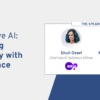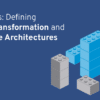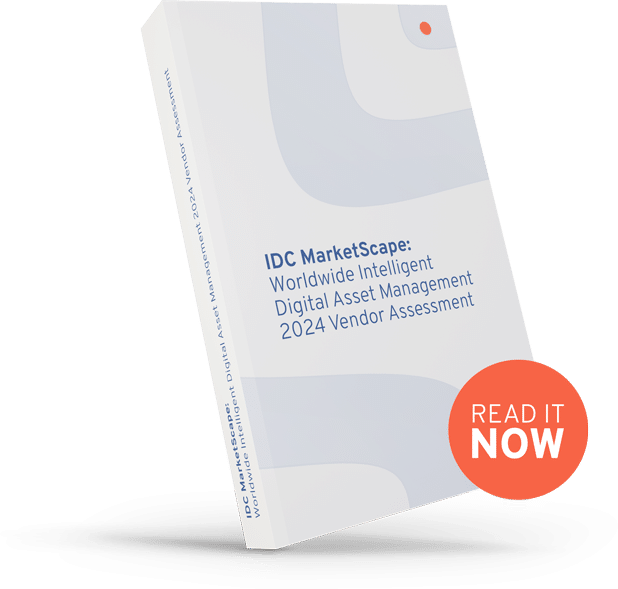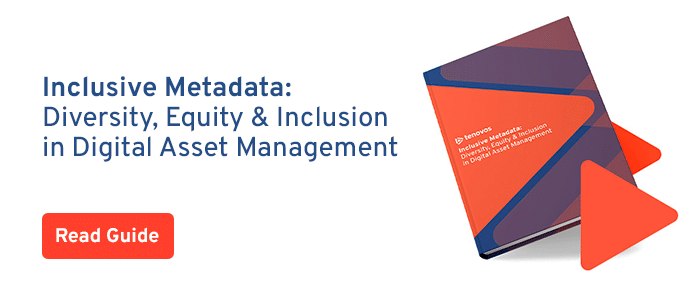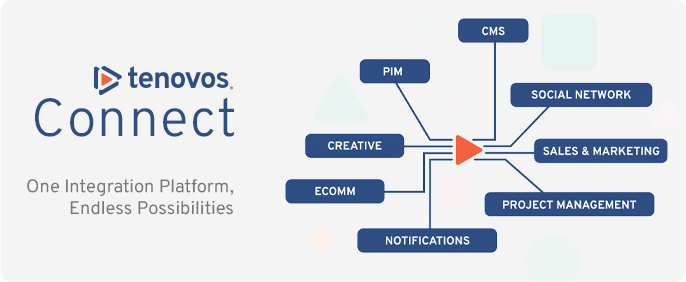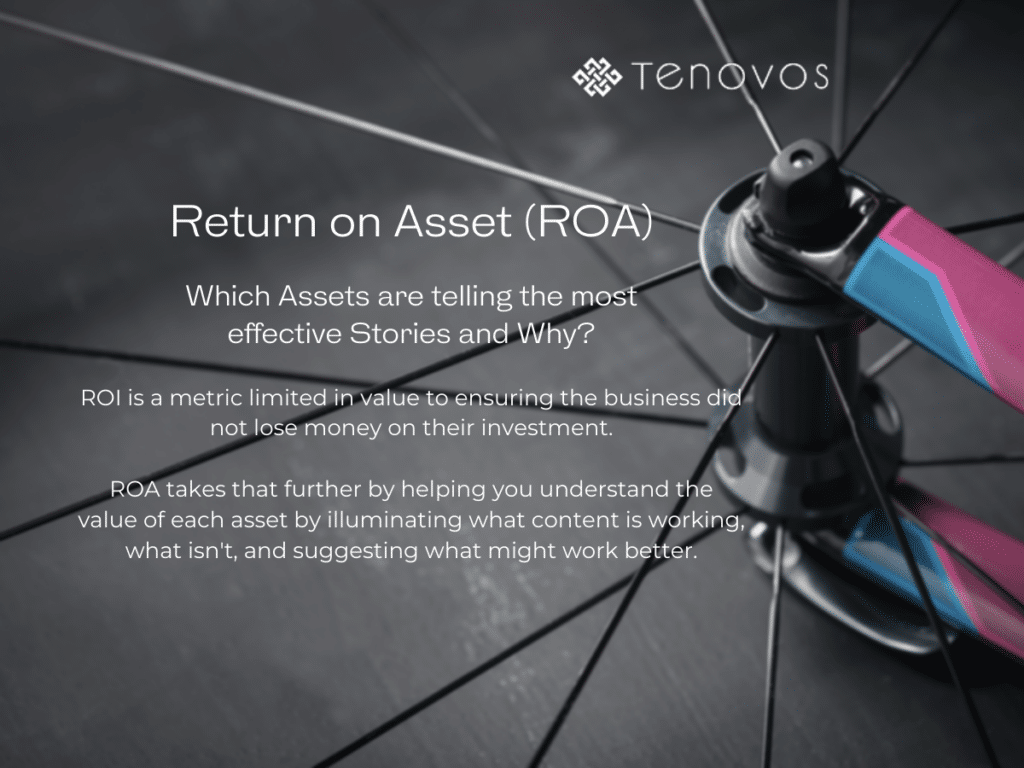
We live in a data-driven age, where information is the key to unlocking value.
To make decisions with data, we depend upon metrics. But metrics can be a double-edged sword: choose them wisely, and you can zoom in on growth-accelerating insights. All too often, though, we choose our metrics based on what we usually measure or can measure with our existing tools — not what we should be measuring, or would choose to measure in an ideal world.
One of the biggest offenders in the Digital Asset Management (DAM) universe? Return on Investment, or ROI.
How ROI Gets It Wrong
The theory goes like this: implementing a new DAM system costs time and money. Since your company is in the business of making more than it spends, it’s important to make projections of how much your DAM will save and how much additional revenue it can generate. So you make some educated guesses to sell stakeholders on a DAM project, and try to piece together what the DAM helped with later on.
It’s that last piece that often fails to hit the mark. While it’s easy to know what was spent on a DAM project, it’s a lot harder to find where and how it made a difference. Moreover, the ROI calculation can only prove one thing: whether the DAM project saved money or not. That’s a good start, but … what’s the real purpose of a DAM?
Return On Asset (ROA): A Smarter Metric for a Smarter Era
At Tenovos, we’ve got an answer that goes beyond ROI, to give you more in-depth answers that help you determine strategies and understand your customers, all while illuminating the true value of our platform.
It’s called ROA: Return on Asset.
When you use the Tenovos platform to find the connective tissue that turns your assets into stories, each of those assets can be seen in a new, value-driven light. When you maximize the return on your assets, you maximize your return on investment, too — now with additional insights that enable your growth goals.
With Tenovos, you can find underperforming and overperforming assets when they’re still in active use to tell stories better and achieve a higher ROA. Dig through the buried treasure of campaigns past with AI-augmented DAM to find what stories resonated with your buyer and how to make lightning strike twice.
Improve ROA for Storytelling Success
The story of digital assets in the 21st century has been one of meteoric growth. More assets are being produced than ever before, with ever-expanding file sizes and project costs. Video strategy is now mission-critical to digital marketing, but producing videos can cost far more per asset than photography or written work.
As budgets tighten and the world braces for more uncertainty, one thing is for sure: the era of throwing assets at the wall and seeing what sticks is over. It’s time to get smart. Enterprises need to know what’s likely to work (and what isn’t) before the project budget is spent and the campaign gets a postmortem.
As your teams all over the world create assets for their individual campaigns, the Tenovos platform illuminates what’s working, including suggestions that connect and unify your story across business units and geographies.
These kinds of connections — created using the same types of technology that power AI recommendation tools from heavy hitters like YouTube and Netflix — are the DAM and the missing link between your current asset management tactics and a unified storytelling strategy.
The Bottom Line: Getting the Return that Matters
The real mark of a good metric is that improving it has a “rising tide” effect: as it rises, it lifts up other metrics that are also good signifiers that your business is doing well.
When it comes to DAM implementations, ROI just isn’t enough. You can raise ROI on a DAM project by decreasing headcount, or by reusing assets, but those cost savings don’t necessarily translate into continued growth.
It’s a metric that is limited in value to ensure that you didn’t lose money — which is why, at the end of the day, most ROI is really all about CYA.
ROA goes further, without losing anything: you can still calculate the value of your DAM implementation, now with a granularity that allows you to iterate and improve on every aspect of your storytelling operation.
Ready to take the next step toward improving metrics that matter? Check out our white paper or talk to a member of the Tenovos team today.
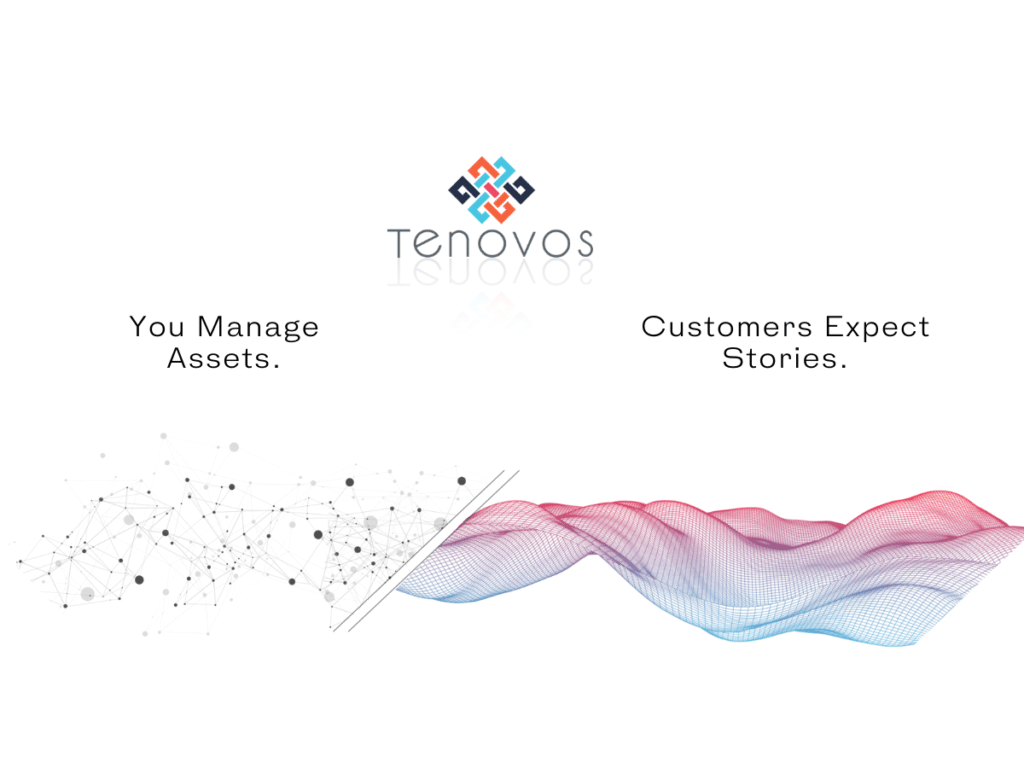
“That asset made me laugh so hard, I cried.”
“When you get here, I’ve got to show you this asset.”
“After I saw the asset, I knew I had to donate to his cause.”
No one talks like this in the real world. So why do marketers live in a world of assets and campaigns?
Marketers want engagement and conversions. But human beings don’t engage with assets. They don’t convert because of assets.
We live in a world of stories.
Whether it’s being told by our great uncle Jim or an iconic brand, a story we’ve heard many times can give us the nostalgic feeling of coming home. Aspirational stories can make us dream — and buy — bigger. And some stories fill us with curiosity for what comes next.
Why your best stories can get lost in a world of assets
Content and assets bombard us from every direction: online banners, television programs, outdoor billboards, social apps. In a crowded attention economy, we engage with content because it tells us a story we want to hear (or inspires us to tell ourselves one).
Consider the car. It’s important to have great photography and content for a car ad campaign. But the image or video a potential customer sees isn’t what gets them into the showroom — it’s the story of the person that asset makes them feel like they could become, if they bought the car.
An asset becomes a story when it is given relevant context. At too many companies today, that context comes primarily from customers themselves, absorbing content and context by chance from a mixed bag of channels, campaigns, and assets.
DIY customer context building isn’t ideal, but it happens. Why? Because for most enterprises, individual campaigns and assets are created by many teams, working in many locations, with limited visibility into the bigger picture. Before long, you have tens of thousands of assets … and absolutely no idea what story you’re really telling.
Omnichannel strategies present major opportunities for storytelling, but there’s one big problem. Today’s legacy tools are so genuinely bad at the job of getting from asset to story that omnichannel content creation can make marketing efforts disjointed, rather than seamlessly contextualized. When you can’t see the forest for the trees, planting more seeds may not deliver the value you’d hoped for.
Tenovos saw how deeply this problem impacted today’s biggest companies. We knew we had to find a way to help companies tell stories — not just deliver assets and campaigns.
Enabling Storytelling with Technology
Assets become stories with context. So what is context, anyway?
Context is made up of relevant connections between your content and data. In most organizations today, context is applied to assets on an as-needed basis: a graphic designer shares context with a creative director for why an asset was produced in a specific way, but that context is shed by the time analytics are applied to find out which assets worked best and why.
As assets move through a typical enterprise organization, they are re-contextualized and de-contextualized many times, moving through multiple systems of record that store different types of data for different teams.
Tenovos brings together the pieces of context that your assets have been shedding, using data-centric technology that allows for interoperability of features from predictive analytics to AI data modeling.
Instead of seeing context as ad hoc and applicable only to specific functions and stages of an asset’s development, Tenovos sees each asset as the center of its own ecosystem. Our platform uses the same kind of graph database technology that powers Facebook and Google to bring the hidden connections between your assets to light.
This is a database model that has never been applied before to digital asset management (DAM) — and it makes Tenovos the first asset management platform that can create the contextual connections to help you build stories from assets.
Ready to take the next step toward taking storytelling seriously, with a platform that makes it possible to unite your omnichannel strategy and product storytelling? It’s time to talk to Tenovos.
Get more information by downloading our white paper, or contact one of our representatives today.

For about the last decade, business leaders have been told to be disruptive. To innovate or be gone. Change was coming and those that didn’t adapt would be left in the dust. This was particularly true for leaders working in the world of content. First publishing, then TV and film, and now of course all types of content channels. And this sentiment, or requirement, is more true today than it’s ever been. Entire industries have changed. Just ask any journalist.
Today, we face a new type of disruption due to the global health pandemic. COVID-19 has forced change that is not technological-based but sudden, large, and in many ways irreversible. For those working in media, it means that teams are now fully virtual and that both workflow management and platform adoption are no longer nice-to-haves but vital for business continuity.
While content producers and their creatives have been somewhat grudging adopters of collaborative tools, the new reality of “we all work together or we don’t work at all” gives operational leaders a chance to drive tool adoption and workflow optimization that can provide significant and lasting business benefit down the road. New workflows might have been considered top-down initiatives in the past. In our current situation, adoption metrics are no longer a bullet on an annual performance review, instead, it’s the only way to get the work done in the time allocated at the quality required. Just as core collaborative platforms like Slack, Microsoft Teams, and Zoom Communications have seen usage soar, the same phenomenon is also happening among collaboration-focused media technologies.
The truth is, this too shall pass (hopefully sooner rather than later). Which begs the question, how will this current circumstance change the future of how we work and how marketing and content teams collaborate?
History suggests that sudden and impactful changes like we’re experiencing today, rarely regress back to their original state. Work will forever be different going forward. Instead an ongoing cycle of related innovation accelerates and, in many cases, surpasses the original motivation for the change. For example, look at how the need to coordinate train schedules in the late 1830s pulled the telegraph quickly forward from a novel curiosity to an indispensable tool of transportation. In a few short years, the telegraph became even more powerful and essential as a carrier of news and information. The same thing is happening today, just on a greater scale and with a lot more technology.
Companies (and their external partners and marketing agencies) that have been forced to go virtual are discovering new operational efficiencies that cut overhead and improve outcomes. And honestly, many companies were already moving this way simply because this is the way the world is moving. No borders. No boundaries. No timezones. And limitless opportunities to move your content marketing strategy forward. For these businesses, the new reality simply increases the urgency (and shortened the time frame from decades to days).
So, how can you be sure that your organization is set up to successfully emerge from this new normal while retaining some of the newly discovered operational and technological efficiencies you’ve adopted? It’s actually not that hard. The first step is keeping your team (internal and external) engaged, connected, and motivated. The second step is being flexible and open to innovation and disruption that forces uncomfortable (but often necessary) change. Make disruption a part of your culture and empower your content teams to push the barriers of creativity. And when the next big, unwelcome change comes, you’ll be ready to start all over again.

Artificial intelligence (AI) has ushered in a new era of personalized content, making generic content marketing a thing of the past. The numbers prove the value of this shift: Investing in personalization can reduce acquisition costs by as much as 50%, lift revenues by up to 15%, and increase the efficiency of marketing spend by 10-30%.
Understanding the power of personalization through AI is only the beginning. Being able to harness its potential with true scalability is something many marketers struggle to achieve. With thousands of personalized iterations in one single marketing campaign, creative teams risk drowning in the sheer scale of it all.
Only 6% of marketers are using advanced AI capabilities, including personalized campaigns with collaborative filtering and predictive models. So while there’s room for improvement when it comes to adoption, the need is well understood. Three in four marketing executives predict that AI adoption is bound to grow in the next few years.
Artificial intelligence can be leveraged throughout the creative value chain to deliver personalized content at scale. It all centers around four areas: content identification, creation, distribution, and optimization.
Content Identification
Image tagging and metadata have opened the door for personalization within the creative value chain. Without them, finding the asset you need is like finding a needle in a haystack: It’s virtually impossible.
Artificial intelligence takes image tagging and metadata a step further by automating the process. Thanks to advanced AI, even images and videos—which are notoriously difficult to auto-tag—can be dynamically discovered and reused. Advances in image recognition technology and auto-transcription, for example, make identifying and organizing digital assets of all shapes and sizes not only possible but scalable.
Content Creation
AI also improves and simplifies the creative process. Advanced AI models can trigger relevant user tasks like transcoding and rights management, freeing the creative team’s time to do more high-level tasks or handle a larger volume of work.
As these advanced AI models analyze trends and identify where automation can be best utilized, they can also predict possible disruptions in the content supply chain. Imagine not only foreseeing but assigning quantifiable data around, say, a missed deadline by the content creation team. How is it likely to trickle down the supply chain and cause more significant problems? Artificial intelligence is being used to do just that and to prevent these problems from happening in the future.
Content Distribution
One of the most impressive applications of AI in marketing is in media buying. Algorithms are used to analyze massive amounts of consumer data to measure campaign performance and make forecasts, allowing marketers to redirect budget toward ad placements that are performing the best.
Digiday reports that AI used in this way helps marketers diminish their cost-per-acquisition while generating higher-quality leads. It’s an expanding area that’s still in its infancy, but its potential for intelligent and intuitive media buying—critical elements for successful content personalization—is worth watching.
Content Optimization
A/B testing can go only so far when it comes to the multivariate world of personalized content. Artificial intelligence is tailor-made for this environment.
First, AI can be leveraged to dynamically assemble content using multiple combinations of digital assets. Then, advanced AI models allow proactive monitoring and tweaking of campaign performance across different customer segments, automatically serving up the best-performing content to increase ROI.
The demand for high-quality, personalized content across multiple channels is only increasing. With AI, marketers can meet this demand and redefine the way their content is found, created, distributed, and optimized so that it reaches each targeted individual when and how they’re most responsive.
Interested in furthering the conversation? Let’s talk.




